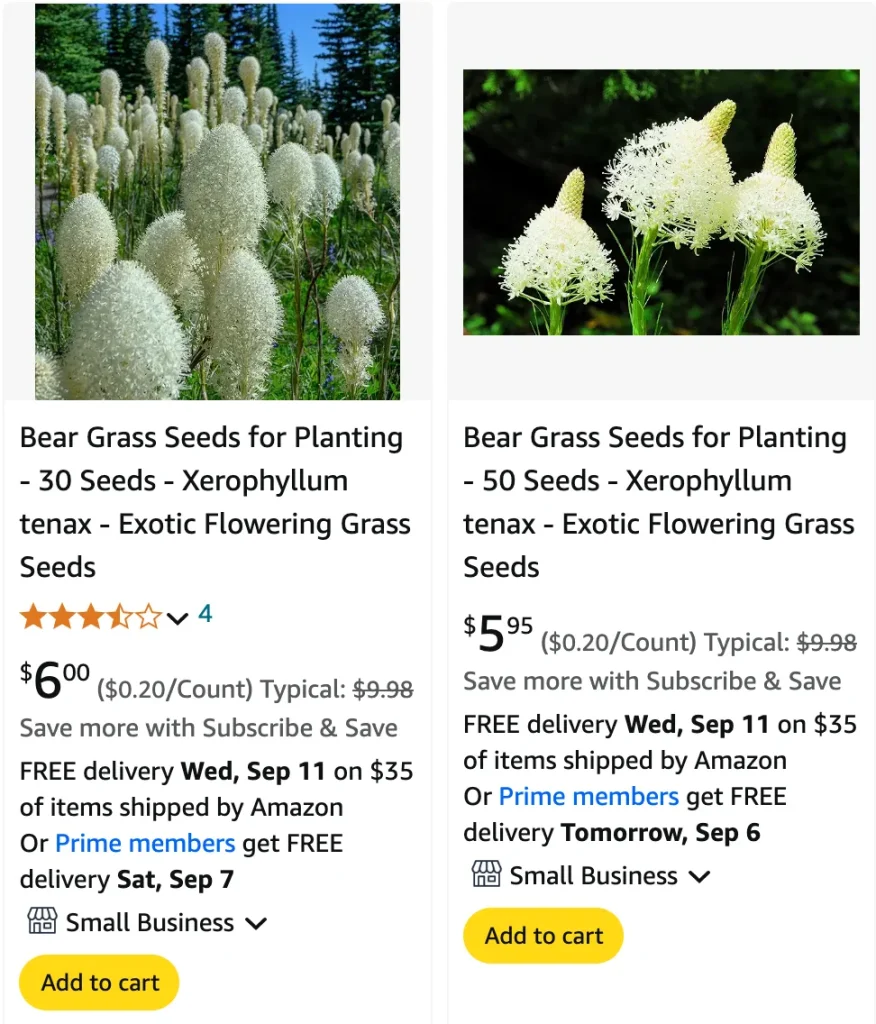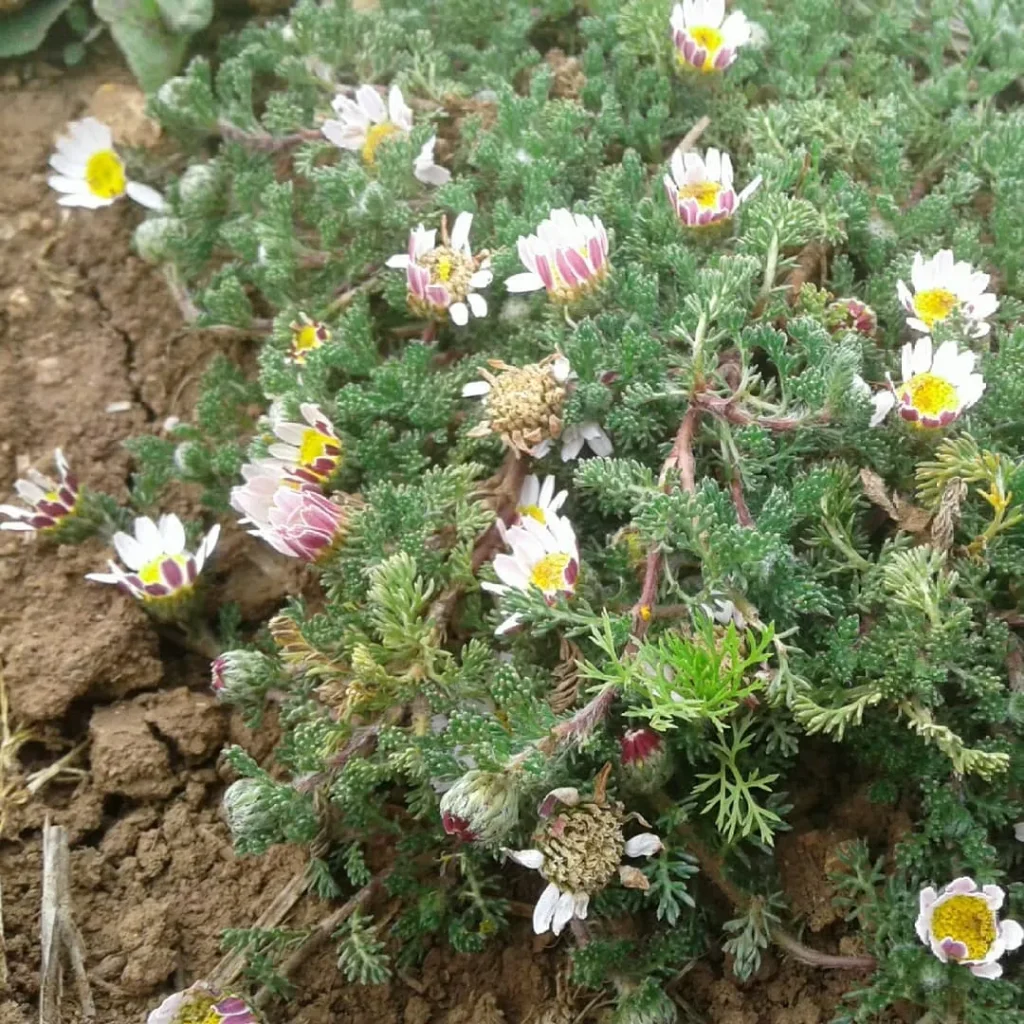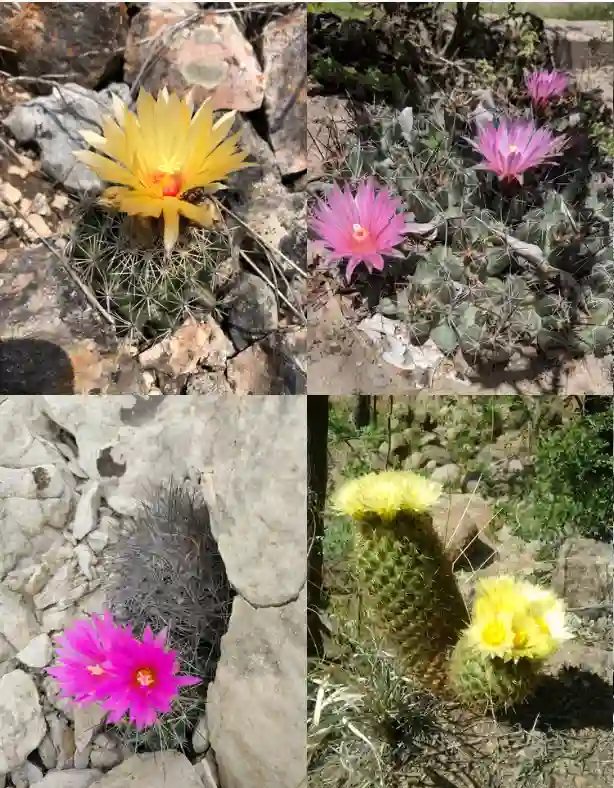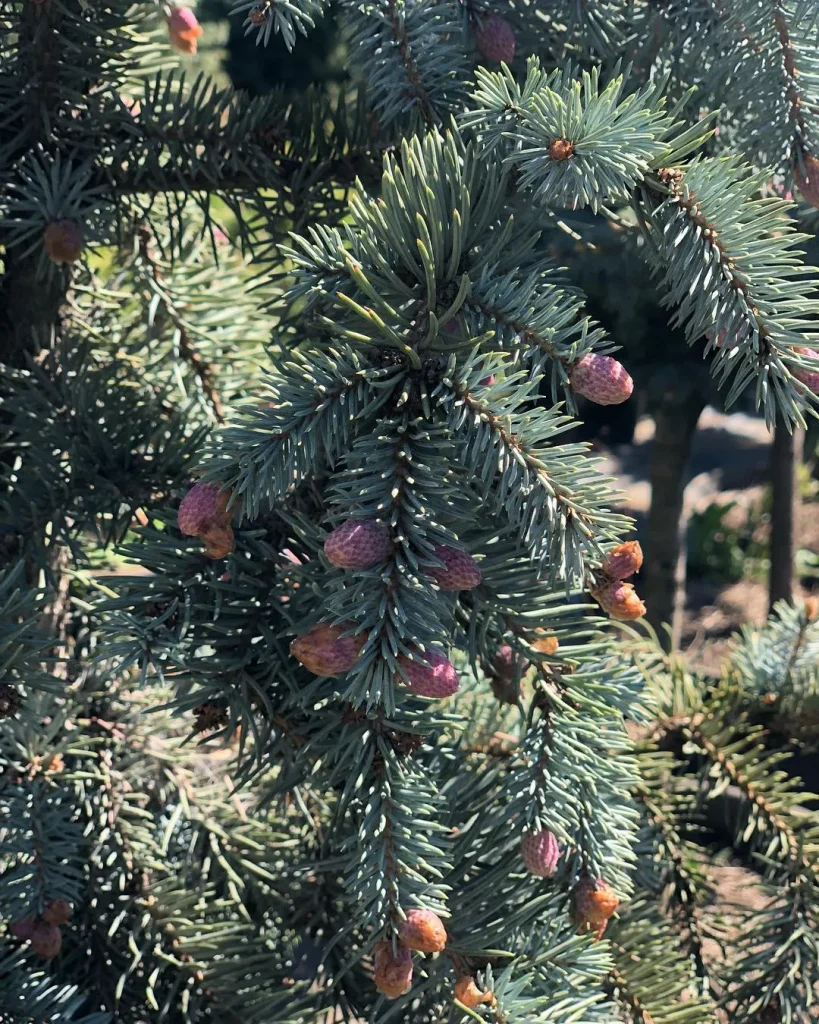
FAQs About Xerophyllum Tenax: What You Need to Know
Xerophyllum Tenax, often known as the “Bear Grass,” is a fascinating plant with a unique set of characteristics and requirements. If you’re considering adding this hardy, native North American plant to your garden or simply want to know more about it, you’re in the right place. In this article, I’ll address some frequently asked questions about Xerophyllum Tenax from the Melanthiaceae family, including its planting, origin, and suitability for different climates.
Plant Family: 14 Genera in Melanthiaceae
What Is the Name Origin of Xerophyllum Tenax?
The name “Xerophyllum Tenax” is derived from Greek and Latin roots. “Xero” means dry, and “phyllum” means leaf, indicating its drought-resistant foliage. The species name “Tenax” is Latin for tenacious or persistent, reflecting the plant’s ability to thrive in tough conditions. Together, the name Xerophyllum Tenax highlights the plant’s resilience and adaptability to dry environments.
How to Plant Xerophyllum Tenax Seeds?
Planting Xerophyllum Tenax seeds can be a bit challenging but rewarding. Here’s a step-by-step guide:
- Preparation: Start by preparing your seeds. Soak them in water for 24 hours to improve germination rates.
- Soil: Use a well-draining soil mix. A combination of sand, peat, and perlite works well.
- Sowing: Scatter the seeds on the soil surface and press them lightly without covering them. They need light to germinate.
- Watering: Keep the soil consistently moist but not waterlogged. Use a misting bottle to avoid disturbing the seeds.
- Temperature: Place the container in a location with indirect sunlight and maintain a temperature between 65°F to 75°F (18°C to 24°C).
- Germination: Seeds typically germinate within 2-4 weeks. Once seedlings emerge, provide them with more light and continue to keep the soil moist.
Will Xerophyllum Tenax Grow in Wisconsin?
Xerophyllum Tenax is native to the western United States, particularly in mountainous regions. Its adaptability to dry, rocky soils makes it a resilient plant. In Wisconsin, the climate can be quite different, with colder winters and more moisture than its native habitat.
If you’re set on growing Xerophyllum Tenax in Wisconsin, you’ll need to replicate its natural conditions as closely as possible. This includes providing well-draining soil and ensuring it’s protected from excessive moisture and harsh winter conditions. Consider growing it in a container that can be moved indoors or to a sheltered area during the colder months.
How to Care for Xerophyllum Tenax?
Caring for Xerophyllum Tenax involves understanding its needs:
- Watering: The plant is drought-tolerant and does not require frequent watering. Allow the soil to dry out between waterings.
- Sunlight: It thrives in full sun to partial shade. Ensure it gets plenty of light, especially if grown indoors.
- Soil: Use a well-draining soil mix. Avoid heavy, clayey soils that retain too much moisture.
- Temperature: Xerophyllum Tenax is quite hardy but prefers cooler temperatures. Protect it from extreme cold if grown outside its native range.
How to Propagate Xerophyllum Tenax?
Propagation of Xerophyllum Tenax can be done through seed sowing or by dividing established plants:
- Seeds: Follow the planting instructions mentioned earlier.
- Division: For established plants, gently separate the offsets or clumps and replant them in well-draining soil.
What to Plant With Xerophyllum Tenax?
Xerophyllum Tenax pairs well with other drought-tolerant and low-maintenance plants. Consider planting it alongside:
- Sedums: Their similar water needs make them a good companion.
- Lavender: Provides a contrasting texture and color while thriving in similar conditions.
- Sage: Another drought-tolerant plant that complements Xerophyllum Tenax’s hardy nature.
Can You Grow Xerophyllum Tenax Indoors?
Yes, Xerophyllum Tenax can be grown indoors, provided it receives adequate light and has well-draining soil. Indoor conditions should mimic its natural habitat as closely as possible. Use a grow light if natural light is insufficient, and be mindful of not overwatering.
Is Xerophyllum Tenax Toxic?
Xerophyllum Tenax is non-toxic to humans and pets. It poses no known health risks, making it a safe choice for home gardens.
Benefits of Xerophyllum Tenax
Xerophyllum Tenax offers several benefits:
- Low Maintenance: It requires minimal care and can thrive in poor soil conditions.
- Drought Tolerance: Ideal for xeriscaping and areas with water restrictions.
- Unique Appearance: Its grass-like foliage adds a distinctive texture to gardens.
Common Problems with Xerophyllum Tenax
Despite its hardy nature, Xerophyllum Tenax can face some issues:
- Overwatering: This can lead to root rot. Ensure good drainage to prevent this.
- Pests: While generally pest-resistant, keep an eye out for occasional insects.
Compare with Other Similar Plants
Xerophyllum Tenax is often compared with other drought-tolerant plants like Agave and Yucca. Unlike Agave, which has fleshy leaves, Xerophyllum Tenax has a grass-like appearance. Compared to Yucca, Xerophyllum Tenax generally has a more compact growth habit.
In conclusion, Xerophyllum Tenax is a resilient and fascinating plant with specific needs and characteristics. Whether you’re planting it from seeds or considering it for your garden, understanding its requirements will help ensure its success. Happy gardening!
If i die, water my plants!



